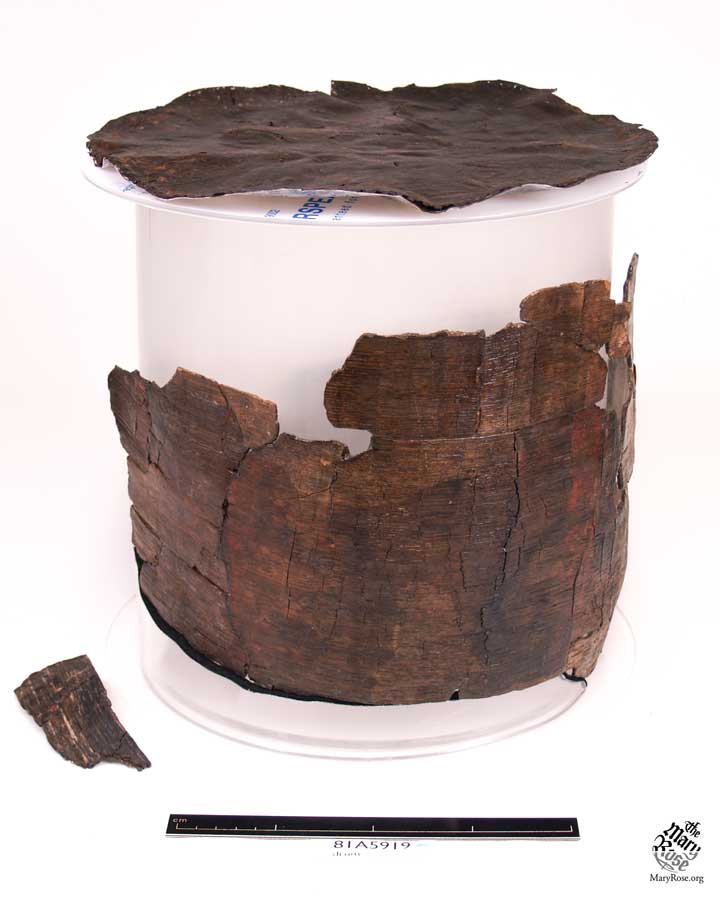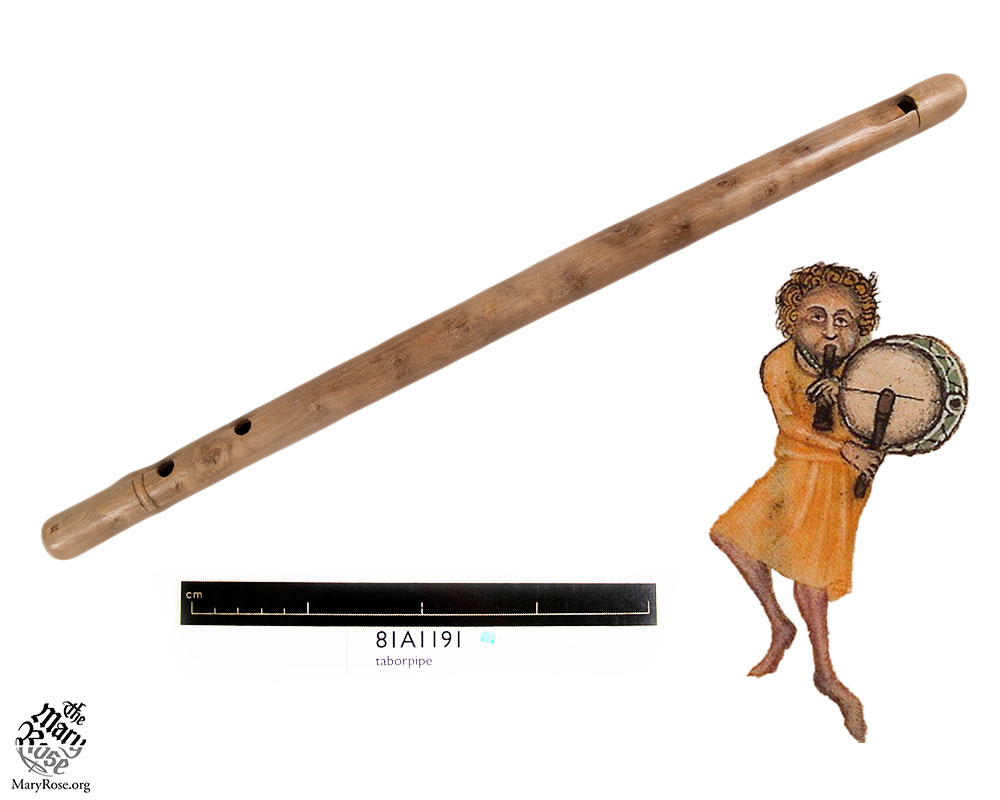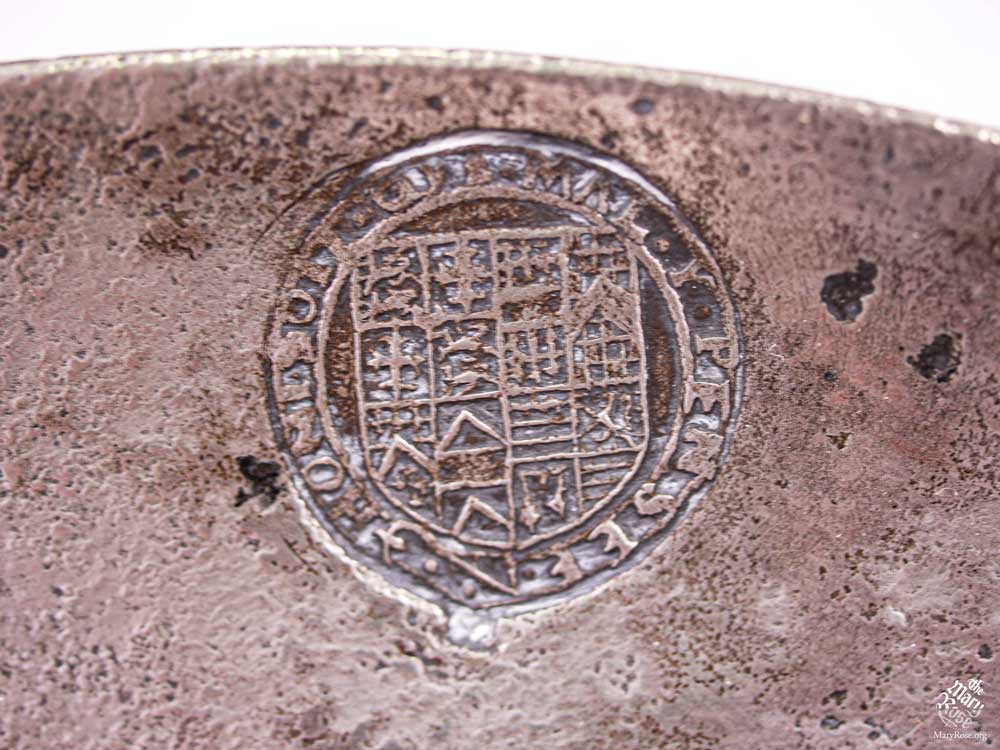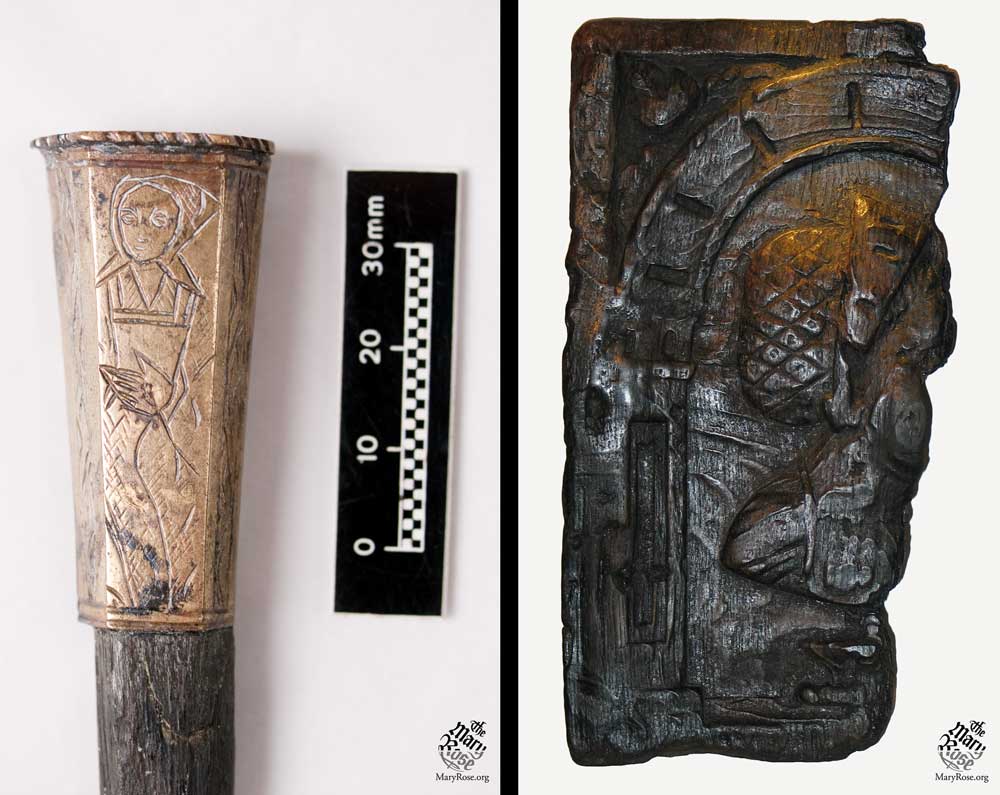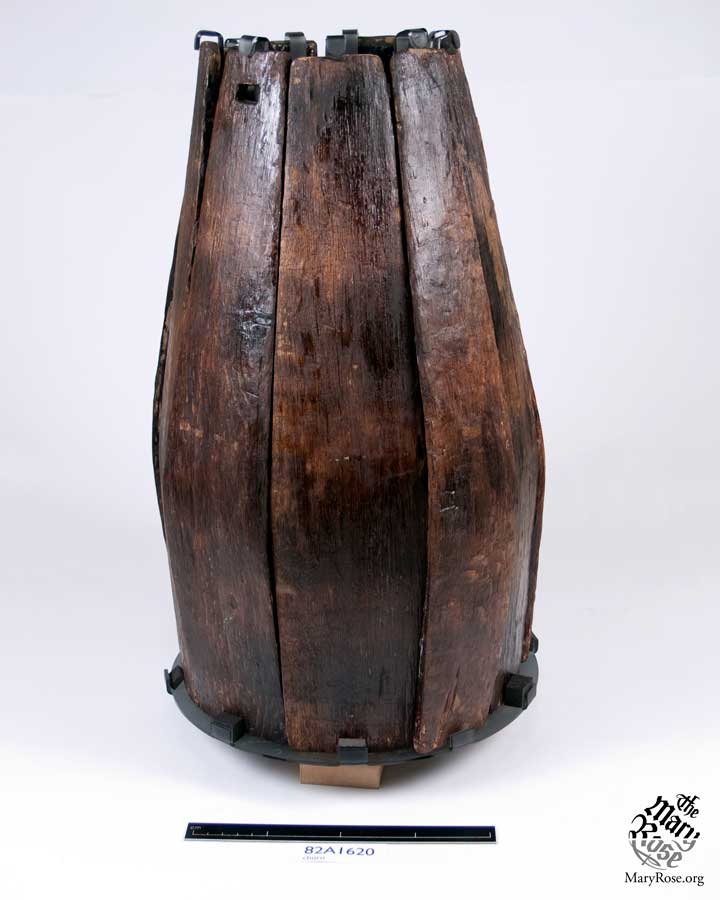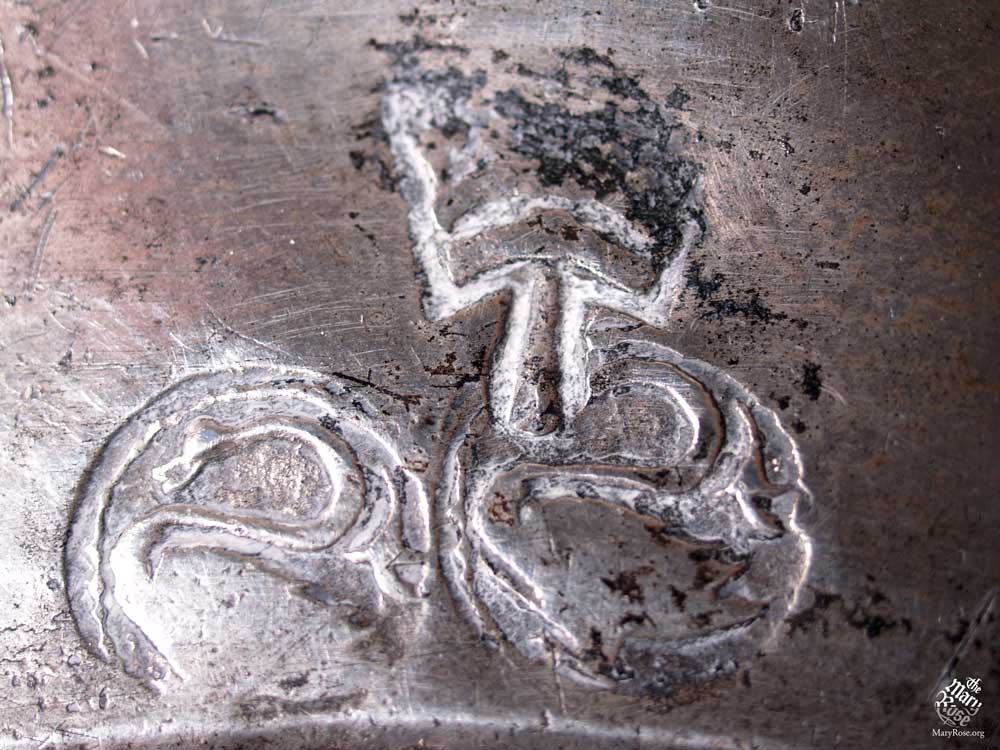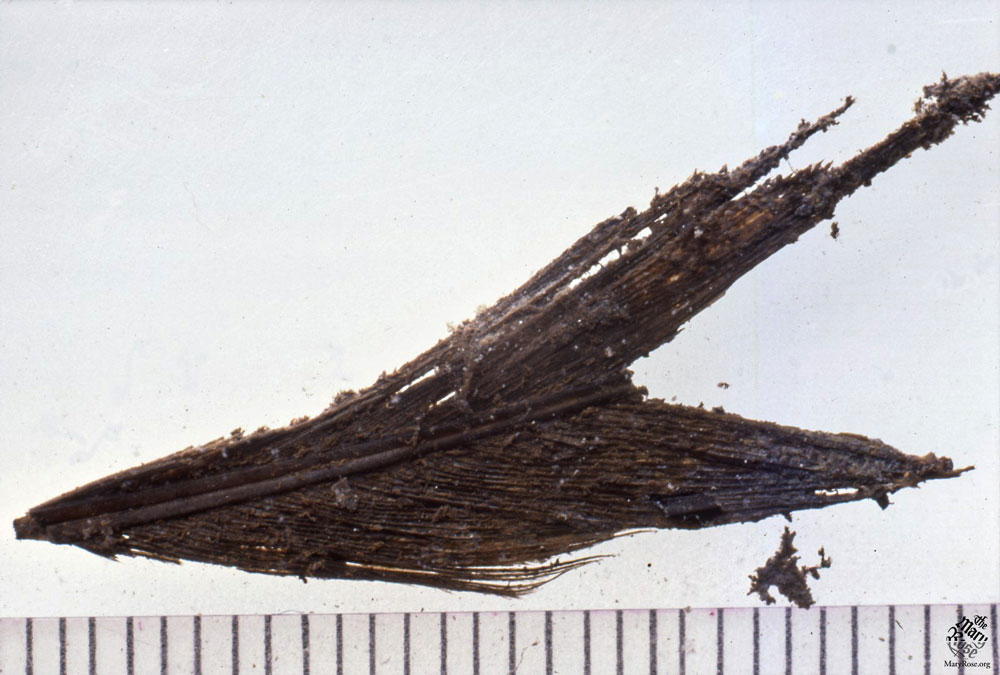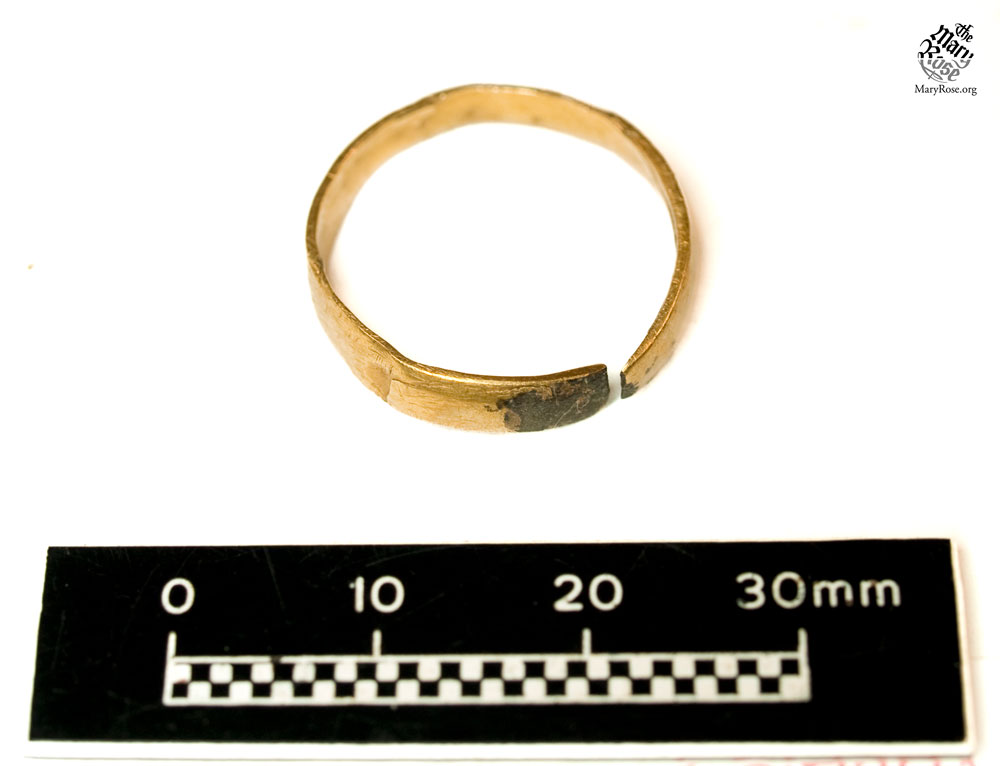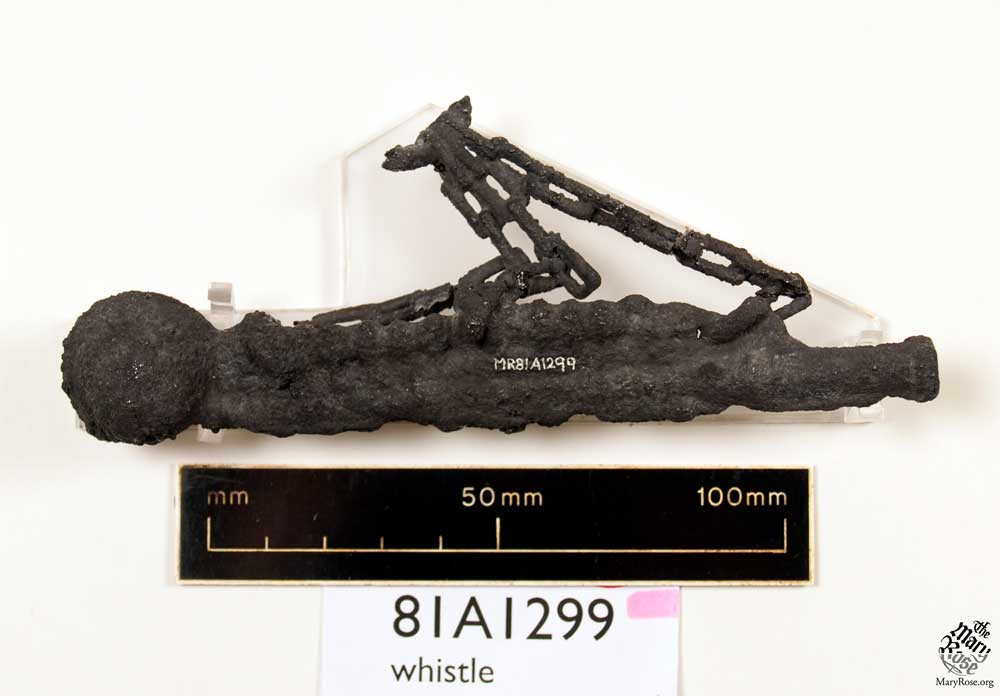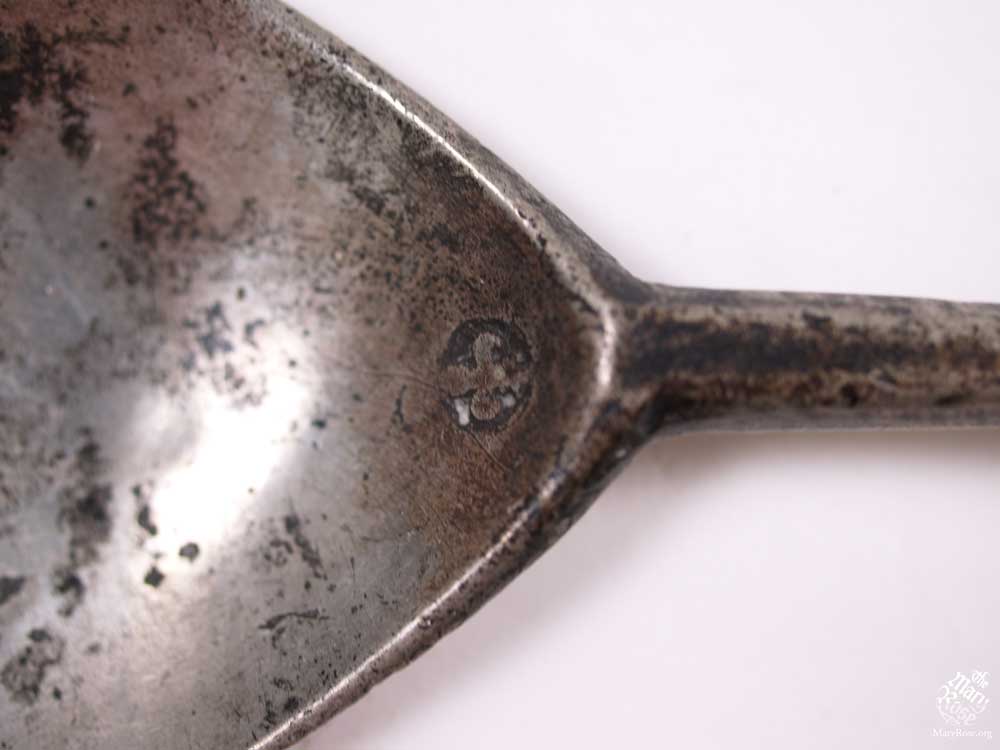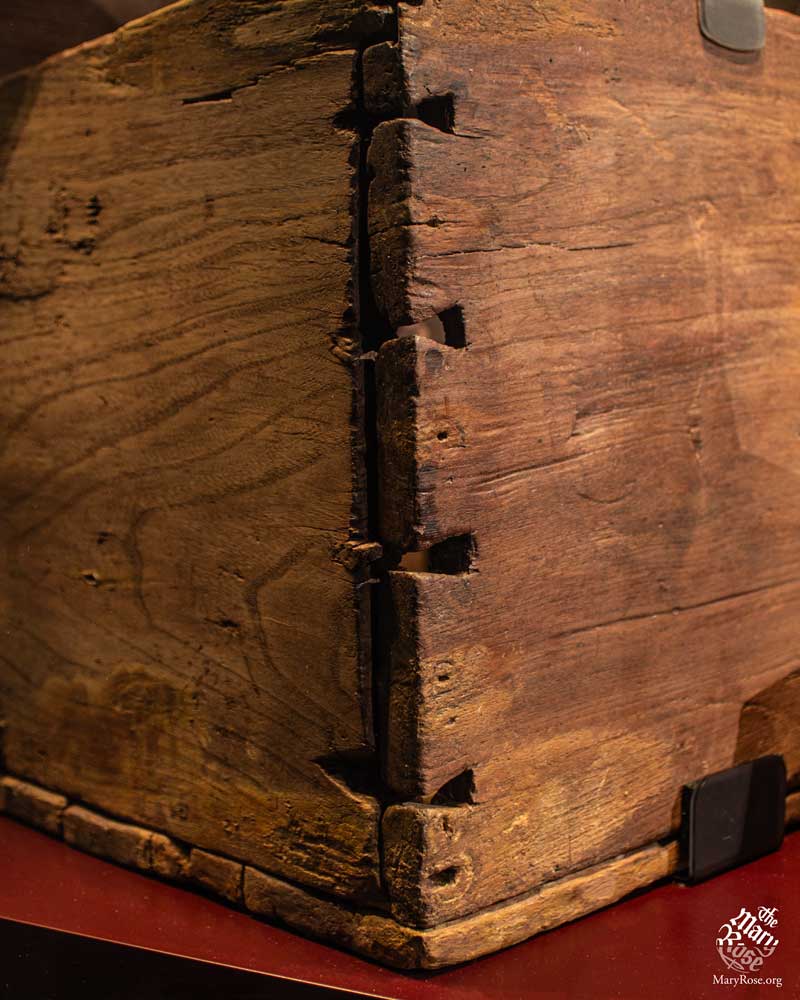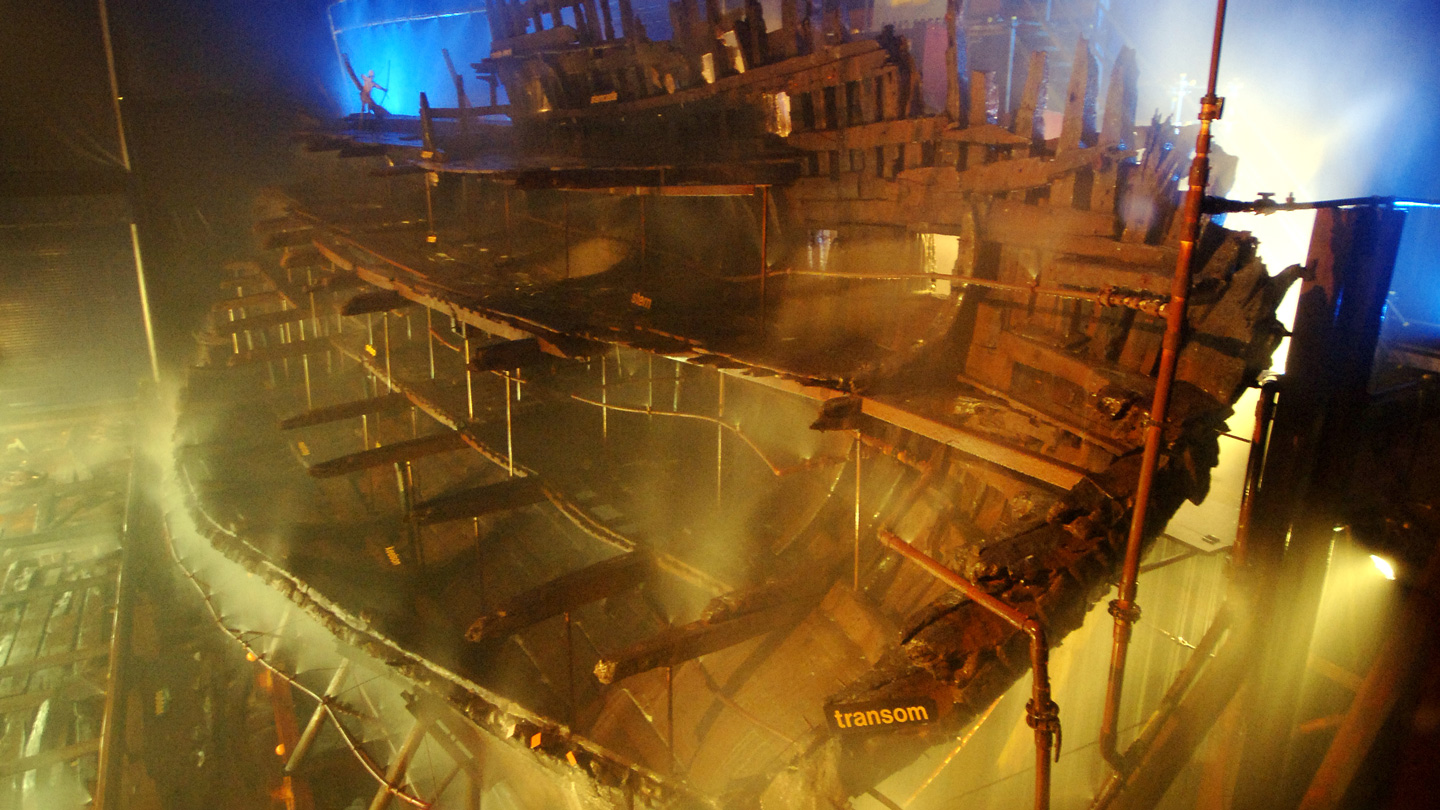Christmas was a time of feasting, merriment, family and community in Henry VIII’s reign – much like today. Yet in Tudor times, a full twelve days was celebrated, with work suspended (other than caring for livestock) so that everyone could attend worship and enjoy the festivities.
On Twelfth Night, the grand finale of the celebrations, a special fruitcake was created that contained a coin or a bean – whoever found this hidden ‘treasure’ became King or Queen for the night!
Taking inspiration from a Christmas card produced by the Mary Rose Trust in 2018 and the song “The Twelve Days of Christmas”, enjoy reading about some of the treasures that the Mary Rose has given us from 1545 in our gallery below!

